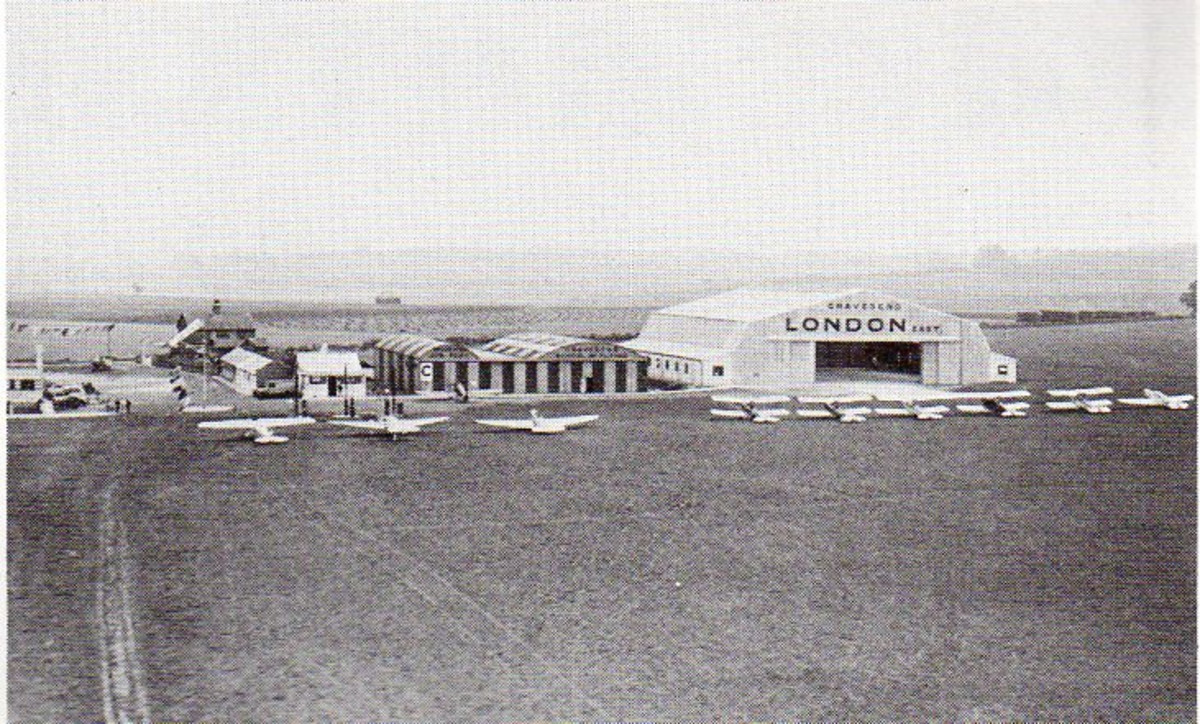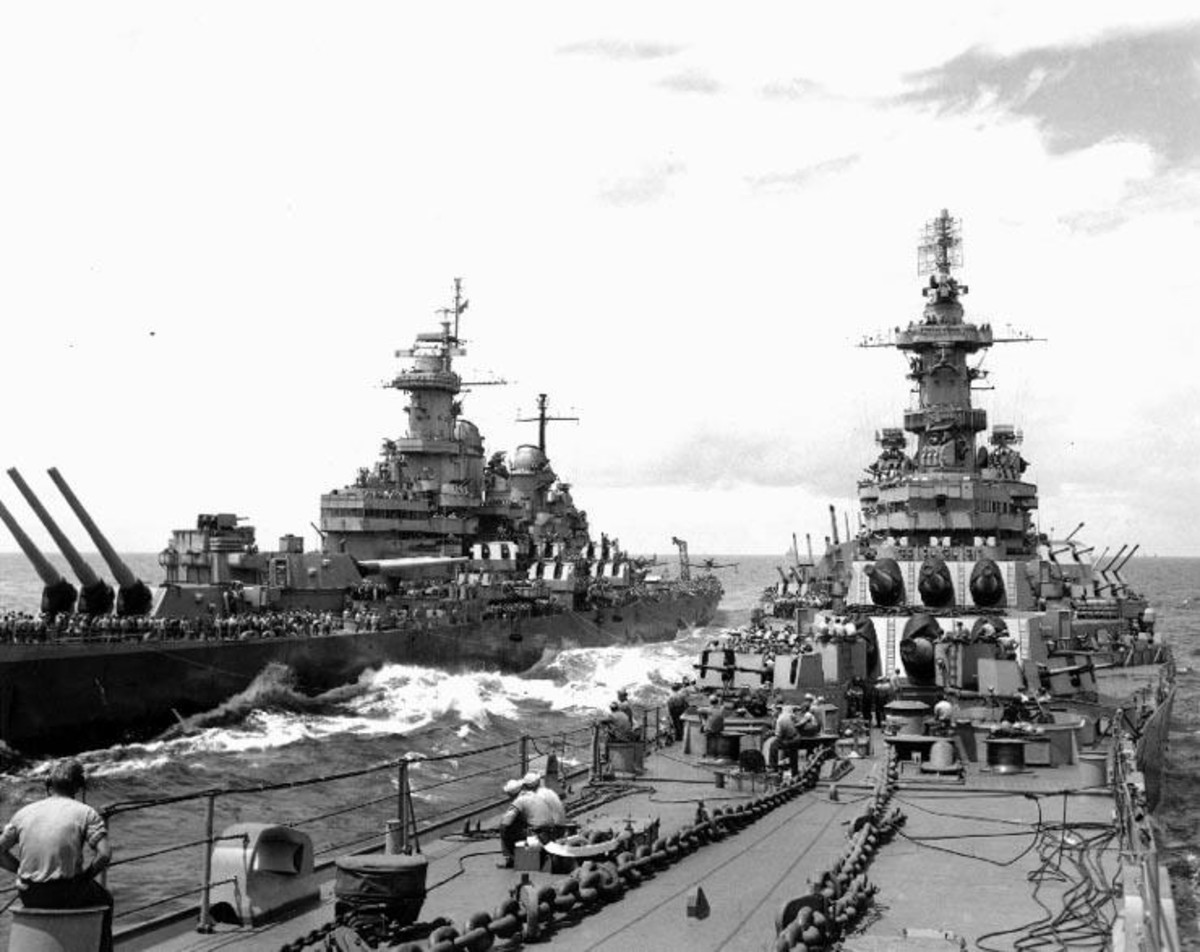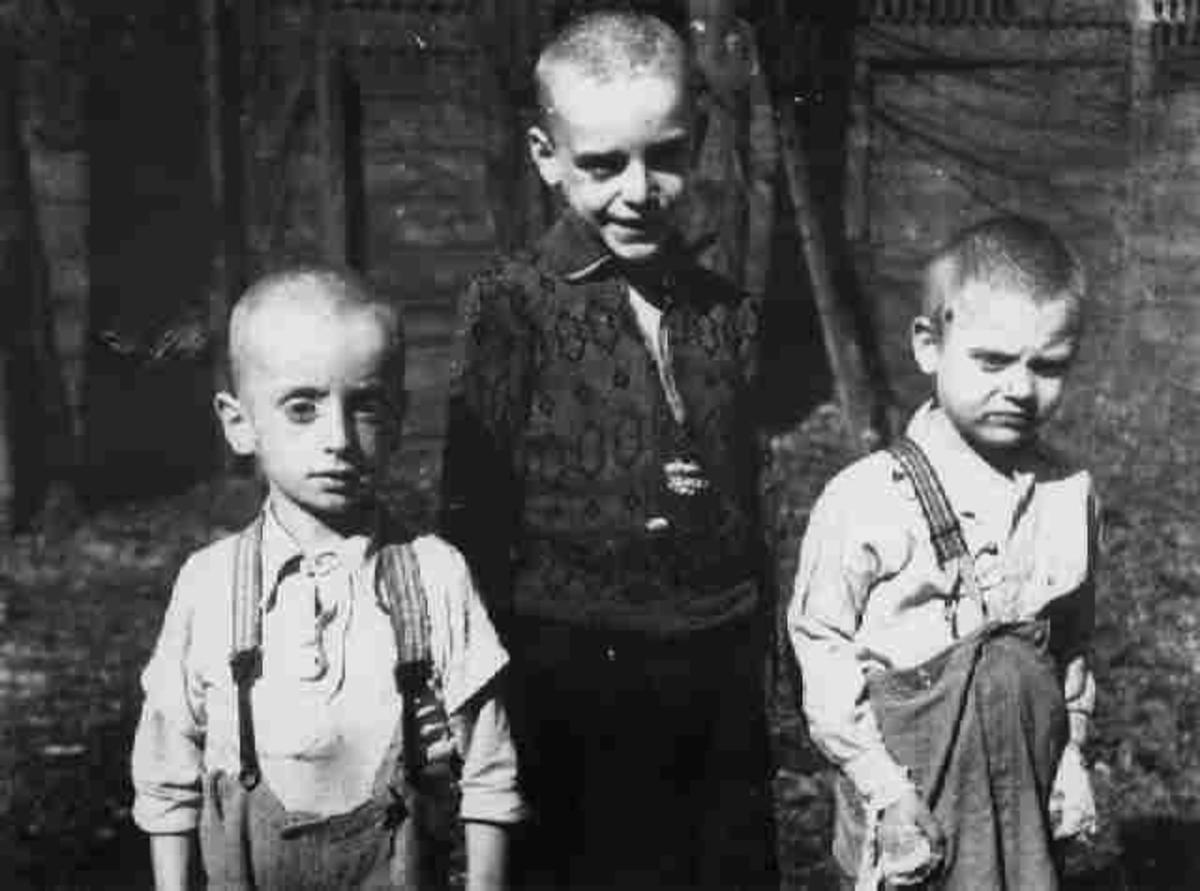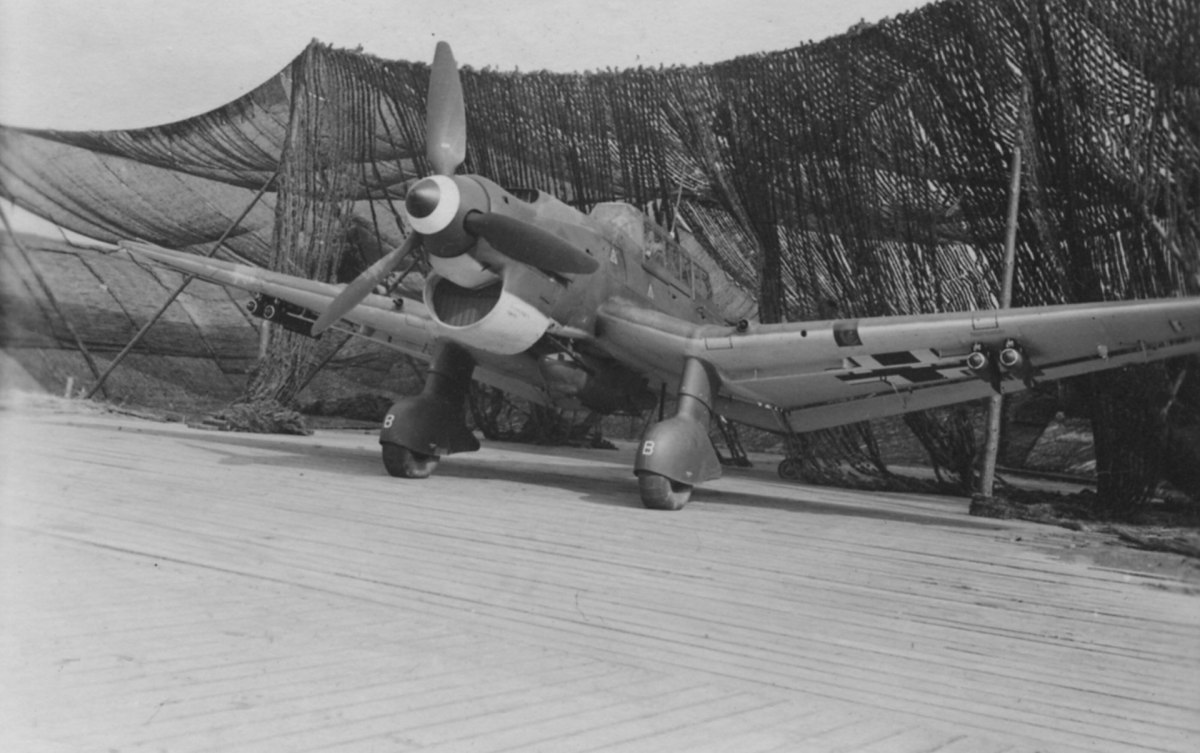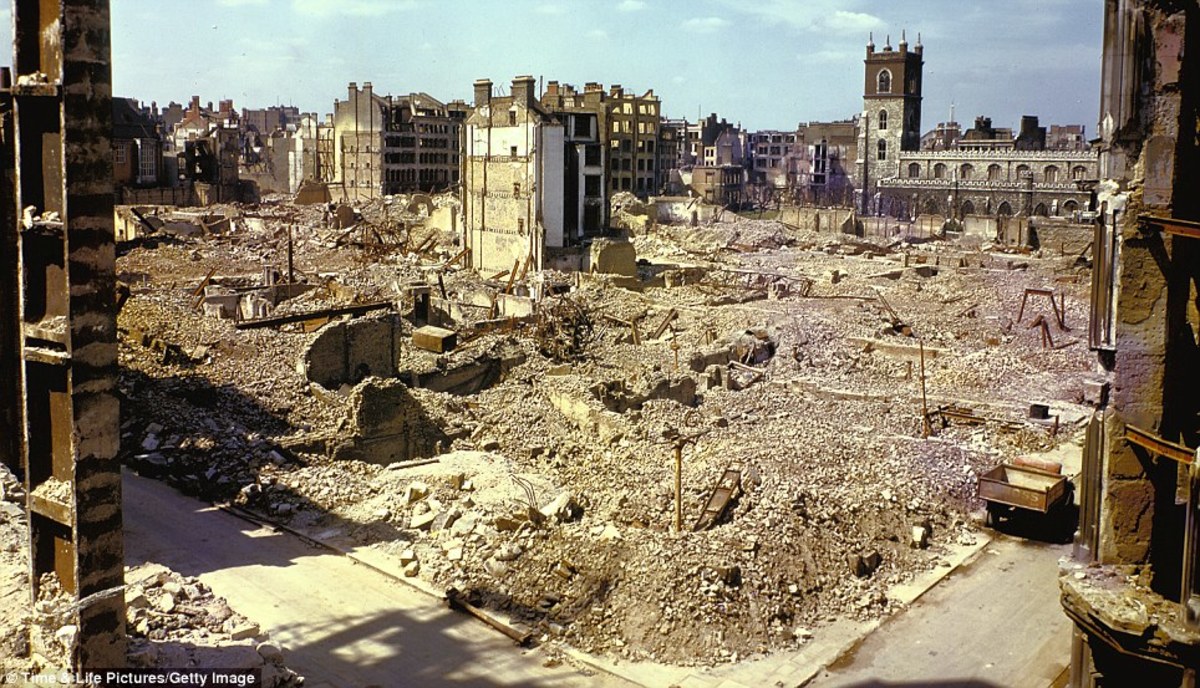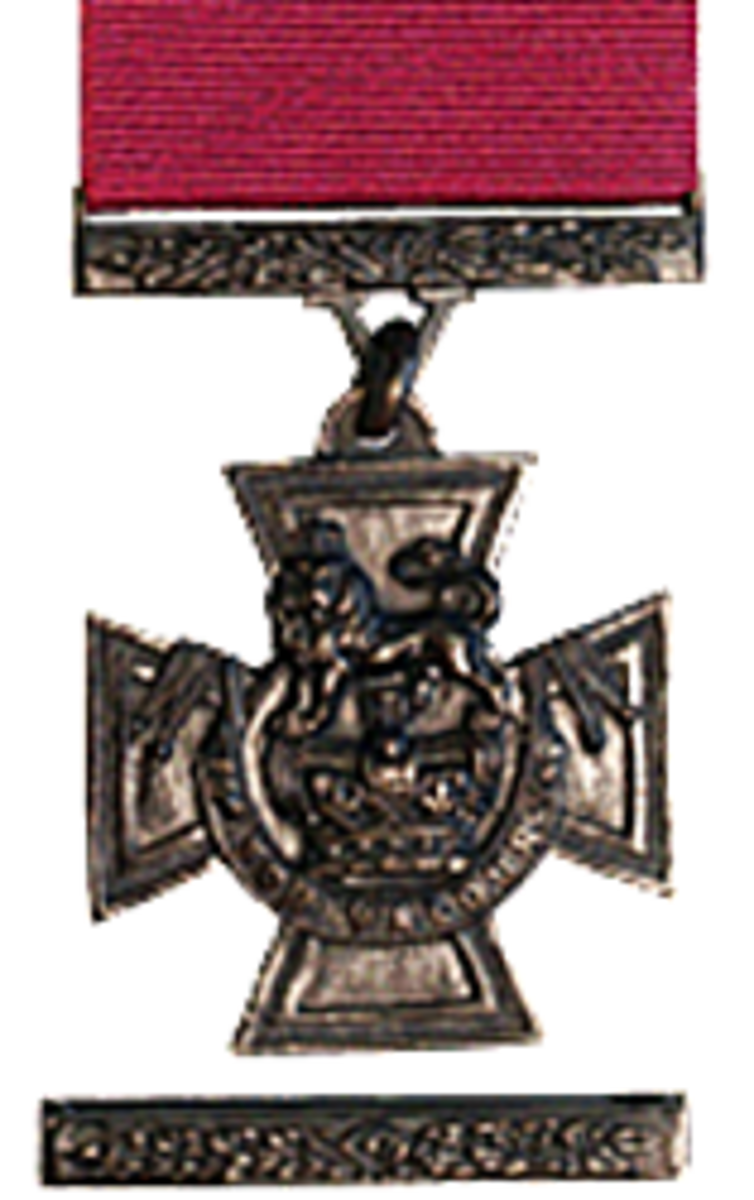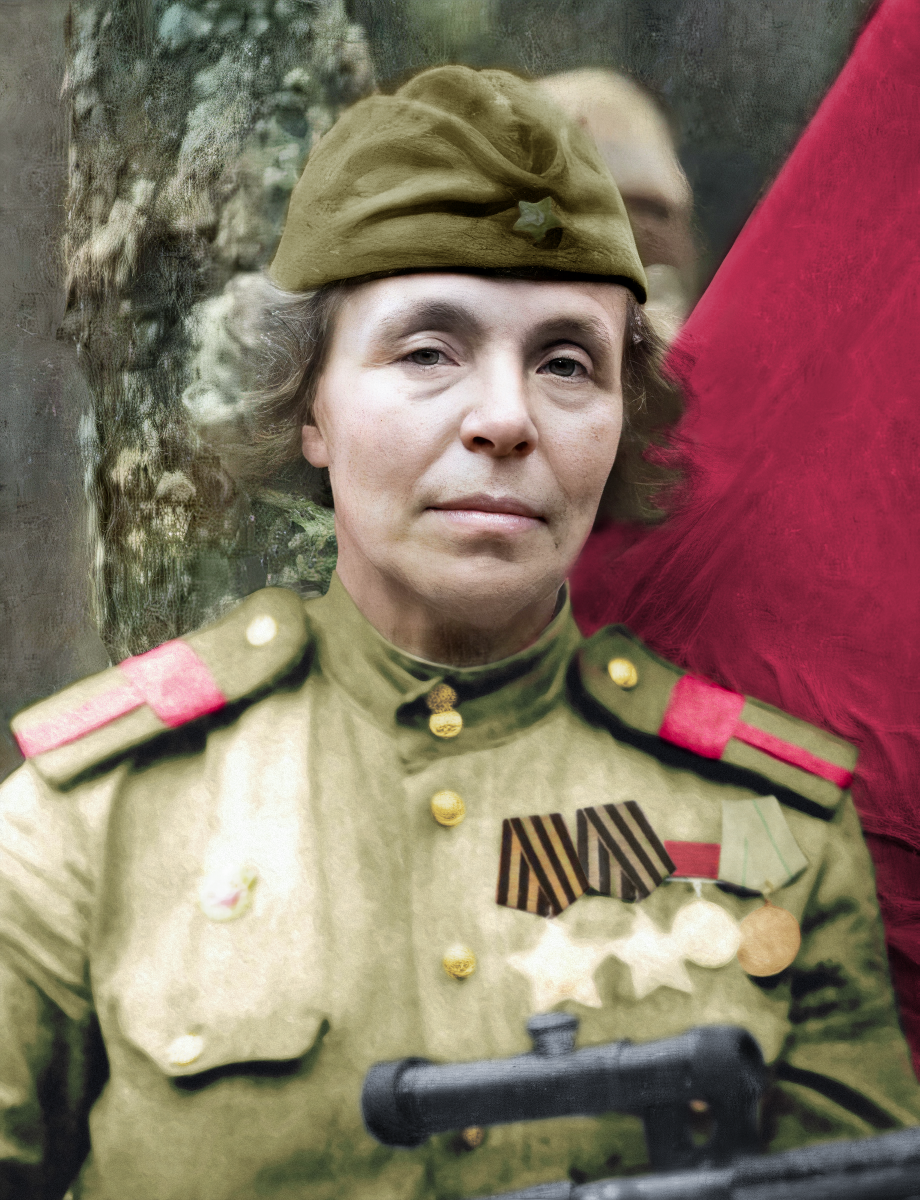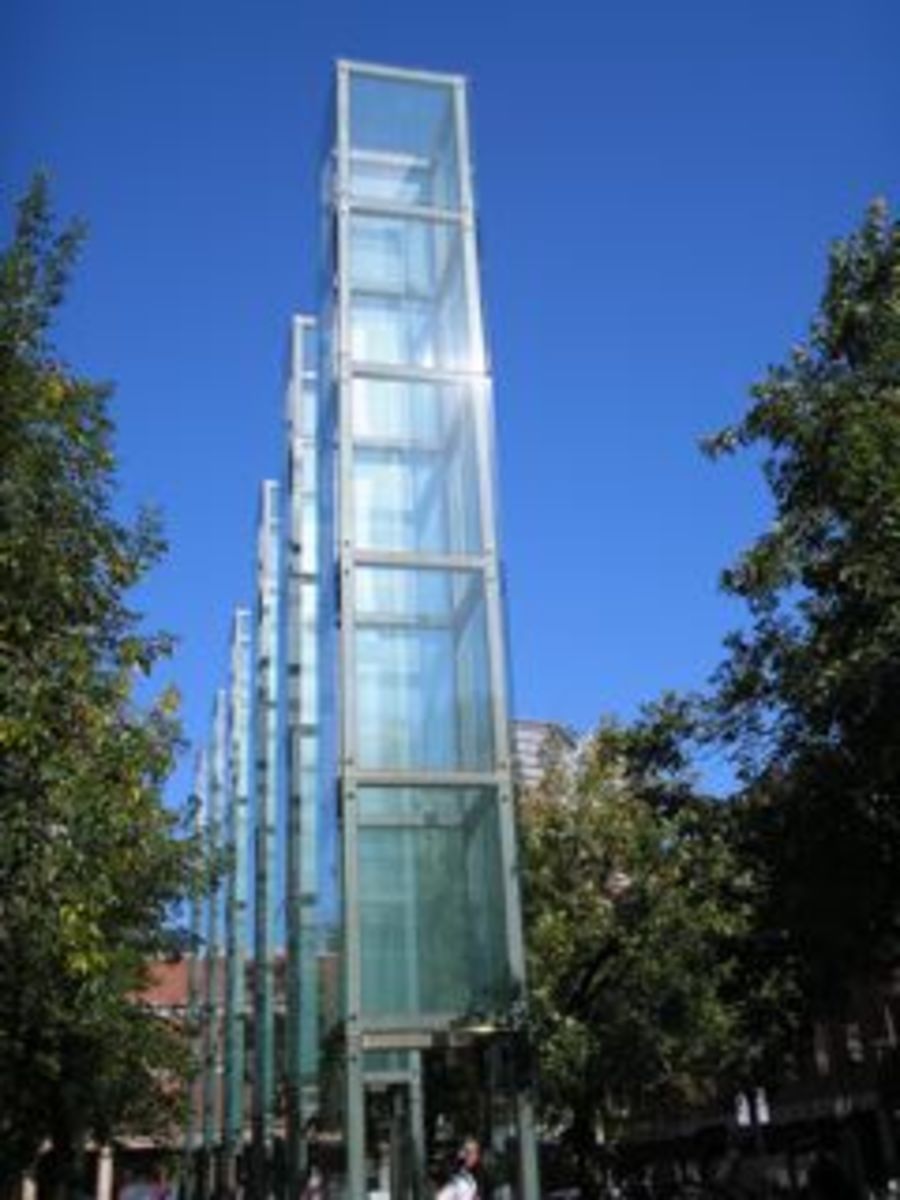- HubPages»
- Education and Science»
- History & Archaeology»
- History of the Modern Era»
- Twentieth Century History
The Supermarine Spitfire of WWII
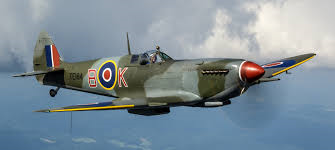
WW2's Supermarine Spitfire
Here is a brief history of one of Great Britains best fighter planes of World War 2. The SUPERMARINE SPITFIRE helped defend their country in the sky during the BATTLE OF BRITAIN and beyond. Below is a brief history and some specifications on this great airplane.
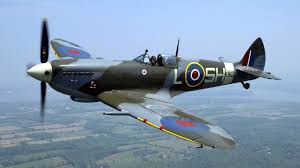
The Early days of the Spitfire
It's first design goes back to 1931 when a guy named Mitchell presented it to Air Ministry as a new 250 mph fighter with an open cockpit. After it's first flight in 1934, Mitchell and his team did not like it and went to work on a new design. In 1936 the new prototype took it's first flight.
They needed to give it a name and first came up with Shrew. The name Spitfire was presented by Sir Robert Maclean, who was the director of Vickers-Armstrong where the plane was made. He said he called his daughter "a little spitfire", who was probably a troublemaker.

Further developments of the Spitfire Aircraft
In the mid 1930s, planes were being built with the new all metal, low wing style, enclosed cockpit and retractable landing gear. The SPITFIRE took advantage of these new features with the MERLIN ENGINES. The fuselage of the SPITFIRE was kinda complex with the curves and number of section's incorporated into the framework. a mixture of standard and flush rivets were used to attach the skin to the frame. The flush rivits were used where airflow was most important. In later years flush rivits were used all over and gave the Aircraft overall less drag. The wing was an ellipticle shape and was thinner. The design was enginered to be as thin as possible and still include the retractible gear and armament. The wing was very complex to build and when the factory was bombed and the manufacturing went out to sub-contractors there was a big learning curve before they could get back up to manufacturing.
Spitfires in flight
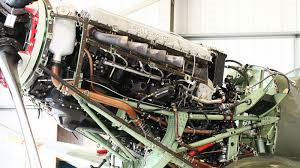
The Engine
Early on, because of not having Fuel Injection, the SPITFIRES and HURRICANES could not just go into dive. The Carburator would be starved of fuel because of the negative G's. They learned to overcome this by doing a half roll before diving. The use of the Carburator gave more power to the Engine than they would get from Fuel Injection, so they did switch to Fuel Injection. Later a diaphragm was designed to help cure this carburator problem.
Chocks away for garden Spitfire - A retired doctor has built a replica of a Spitfire fighter in the front garden of his home.
- Home built Spitfire
Former GP Hamish MacLeod had the model delivered in sections to his house in Moffat, in Dumfries and Galloway. Dr Macleod, who has had a life-long passion for the iconic World War II fighter, then put it together with the help of friends.
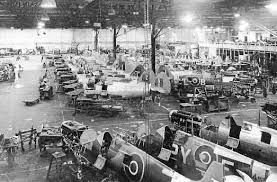
Where were the Spitfires built
A factory was built at CASTLE BROMWICH to build Spitfires along with the facility at Southampton. The Germans eventually were able to destoy the two factories. The tooling had been relocated so they where not lost and the production went to sub-contractors around Southampton. Four towns and airfields would be the spitfire's focal points: Southampton, Salisbury, Trowbridge and Reading.
Have you had the pleasure of seeing an actual spitfire in flight?
Merlin engines
The SPITFIRE went on to be used in the BATTLE OF BRITAIN and was found in every theater of war. It was used for Photo Reconnaissance, Air Defence and Escort. The SPITFIRE was the first to get photos of the V1 and V2 facilities in Germany. The plane went on in use after World War 2 by many countries. The last Spitfire was built in 1947.
Specifications
Maximum Speed: Mk VB was 374 mph
Mk XIV was 448 mph
Ceiling: Mk VB was 37,000 ft
MK XIV was 44,500 ft
Range: Mk VB was 1,135 miles
Mk XIV was 850 miles
Powerplant: Mk VB was 1,440 hp
Mk XIV was 2,050 hp
Armament: Mk VB had Two 20 mm canon and four .303 caliber machine guns, bomb load of one 500 lb or two 250 lb
Mk XIV hd two 20 mm canon and four .303 caliber machine guns, bomb load of 1,000 lb bomb.

